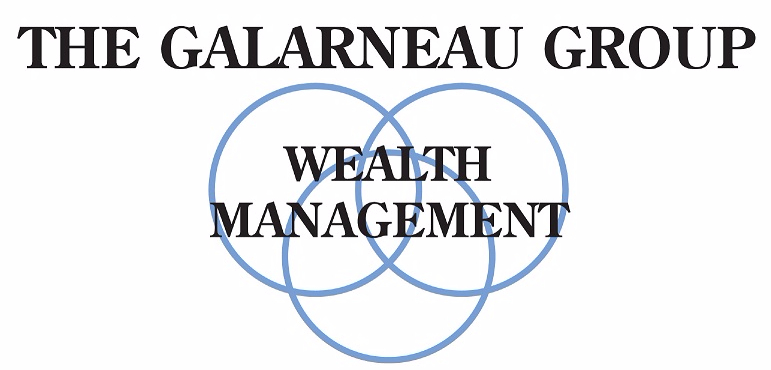
PERFORMANCE REPORT NEWSLETTER JANUARY 2019
A rally in the equity markets the last few days of December into early January kept them on the edge of bear market territory, but 2018 reintroduced a degree of volatility not seen for several years, leaving the major indices deep in a correction. Darren Doughty of Franklin Templeton posted these figures in his “What Happened Last Week” updates for week ending Dec. 28, 2018 and week ending Jan. 18, 2019:
Week Ending Dec. 28 Week Ending Jan. 18
S&P minus 5.2% ytd S&P + 6.6% ytd/ minus 2.7% 12 mos.
DJIA minus 4.6% ytd DJIA + 6% ytd /minus 2.8% 12 mos.
NASDAQ minus 3.6% ytd NASDAQ + 7.9% ytd/minus 0.8% 12 mos.
December 2018 stands as one of the worst in market history. No wonder investors are facing 2019 with some trepidation.
Shamik Dhar, Chief Economist for BNY Mellen, noted in the January issue, “Economics and Investment Outlook” that there has been disparity between investor fears of the global economy and what is likely to be a benign picture for 2019. He notes peak growth for the U.S. economy is in the rearview, but recession risk is low. What he views as the likely scenario is earnings growth slowing but remaining positive, inflation in the 5% area, the Fed gradually raising rates and withdrawing from quantitative easing; and the U.S. dollar index remaining stable. In such an environment, he says, the economy is unlikely to trigger a bear market.
Expect investor confidence to be tested in this environment. While many economists and market analysts predict a positive year for market indices, their forecasts are in the low single digits. Corporate profits will likely be falling through 2019. Spikes and volatility are expected to continue, so progress will be harder to come by and more uncomfortable to seek. Things may often feel worse than they are. This will be a time when a risk averse investment strategy and focus on one’s goals and time horizon should be especially effective. Some risks to the more optimistic view for the markets include the Fed getting behind the curve on inflation, sending the economy into a recession in late 2019 or early 2020; or some stocks falling sharply independent of a benign economy, causing fears of recession to pull the market into bear territory. 2019 will likely be a year when playing defense is key to keeping investors in the game, while searching for a modest gain. We believe our discipline will help us to accomplish this.
Rising rates and slowing corporate earnings historically raise risk in financially weaker companies and high yield bonds. High quality stocks whose prices now are in value territory, and financially strong income stocks may see less volatility. High Investment Grade rated Corporate debt and Municipals should be less vulnerable with Fed tightening than lower rated debt, and, along with Treasuries, can be the destination of a flight to safety in a major market sell off. Municipals have continued into 2019 outperforming the 10-year Treasury and the Corporate Bond Index. Week Ending Jan. 18 figures from “What Happened Last Week” (see first paragraph) showed 10-year Treasuries over 12 months at +1.0%, U.S. Bonds at +0.8%, and Munis at +2.0%.
Our cash positions in 2018 were above average, which we have noted in newsletters throughout last year. Cash will continue to play a key role in our strategies in 2019. For the first time in about 10 years, it is paying enough to compete with a volatile equity market. It is an asset class in our model portfolios, not just a source of liquidity, but one of revenue for the portfolio, and it is a hedge against pure risk in the equity market.
In the last few days of December, we awoke in the middle of the night to find several deer on our front lawn. As we watched, they nibbled on the edge of our garden and frolicked on the lawn. After the second night of their visits, I was shocked to see they had stripped nearly every branch on the bottom half of our 20-year-old shrubs. I could clearly see parts of my house I hadn’t seen in years. The small birds who have homes there were flying around in confusion. Deer are no strangers to our neighborhood, but we had never witnessed such decimation. Apparently when deer are very hungry and snow cover is modest, they will risk the humans and dogs just inside the house for a feast on the evergreen branches.
We are now playing defense with our shrubs, keeping lights strung on them, spraying the branches with an eco-friendly repellent, and occasionally banging pots and pans together on the front porch. What remains of the branches appear healthy, and we have confidence we’ll be able to prevent further damage and begin to encourage new growth in the spring.
As we move through this first quarter, we will be on the defensive with our model portfolios, employing methods to reduce volatility, protecting our core equity holdings, and looking for opportunities to add stocks which can do well in a slowing economy. When the growing season begins again, as we know it will at some point, we want our portfolios to be prepared for new growth. We know times like these can be uncomfortable; we encourage you to reach out if you are feeling uneasy or would like to review your goals and risk tolerance with us. We deeply appreciate your faith in us, and value our relationship.
Warmly;
The Galarneau Group





